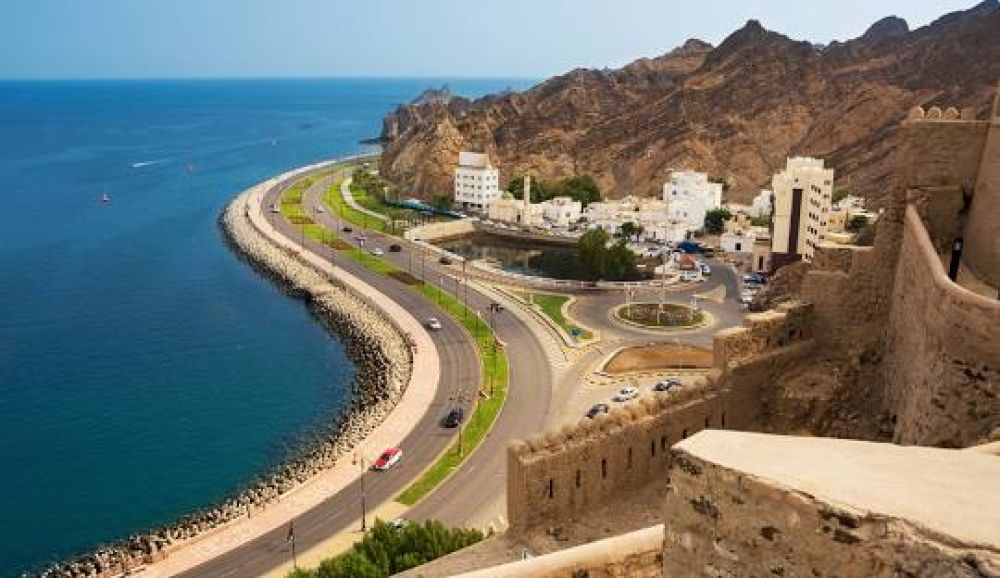

The history of tourism in Muscat, Oman is as rich and varied as the landscape of the country itself. With its strategic location on the Arabian Peninsula, Muscat has long been a point of convergence for trade, culture, and exploration. This confluence of influences has set the stage for a vibrant tourism industry that both respects tradition and embraces modernity.
Tourism in Muscat can trace its origins back to the age of exploration, where the capital city served as a vital stopover for seafarers and traders from around the globe. The diverse heritage and rich history attracted scholarly and adventurous travelers, eager to experience the city's unique culture first-hand. Despite its early draw, formal tourism didn't begin until the late 20th century.
It was not until the reign of His Majesty Sultan Qaboos bin Said, starting in 1970, that tourism was recognized as a key area for economic diversification. The city underwent significant development, carefully balancing modernization with the preservation of its ancient sites. Infrastructure improvements facilitated the arrival of leisure and business travelers alike.
Muscat boasts several historical landmarks which have been pivotal in its tourism development. Sites like the Sultan Qaboos Grand Mosque, the Al Jalali and Al Mirani forts, and the old Muttrah Souq are quintessential attractions that have drawn tourists for decades.
In recent years, the tourism trend in Muscat has leaned towards sustainable and culturally immersive experiences. Visitors are increasingly interested in authentic Omani hospitality, traditional cuisine, and opportunities to learn about local customs and traditions. Luxury tourism has also seen a surge with the influx of upmarket hotels and resorts catering to discerning travelers seeking comfort and exclusivity.
With its varied terrain, from mountains to deserts to coastline, Muscat has also become a hotspot for adventure and eco-tourism. Activities like mountain trekking, diving in the Daymaniyat Islands, and observing marine life like dolphins and whales are gaining in popularity. These nature-based experiences highlight Oman's commitment to preserving its environment while sharing it respectfully with visitors.
The future of tourism in Muscat looks bright, with continued emphasis on sustainability and creating meaningful cultural exchanges between visitors and locals. The government has implemented initiatives to further develop infrastructure and enhance the tourism sector, ensuring that Muscat remains a compelling destination for years to come.
In conclusion, Muscat's tourism history is a testament to its enduring allure and its ability to adapt to the changing desires of global travelers. From ancient crossroads to modern metropolis, Muscat continues to welcome the world with open arms.